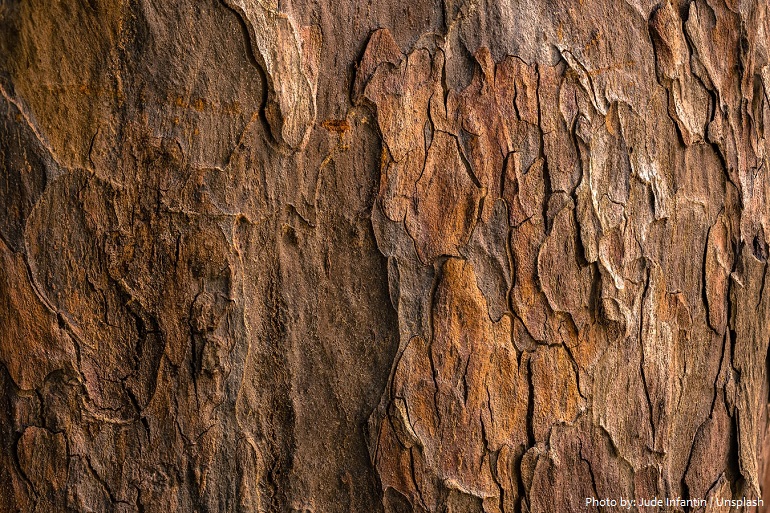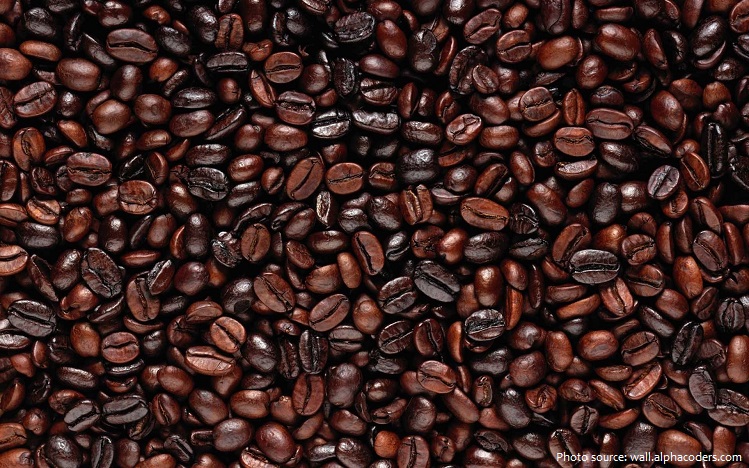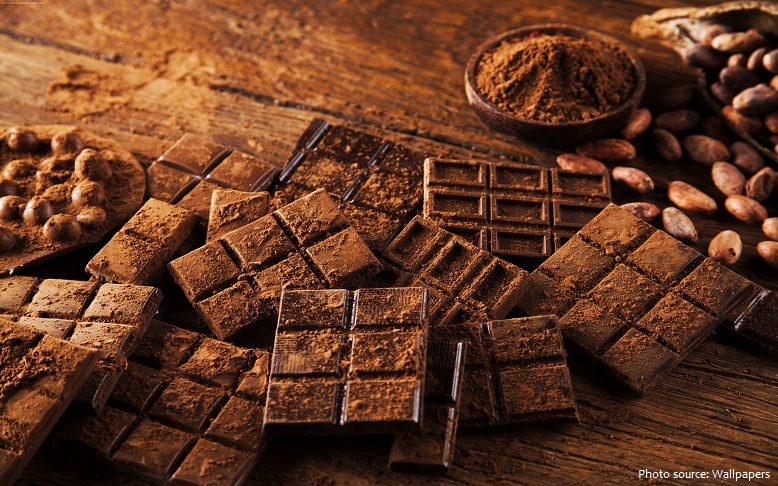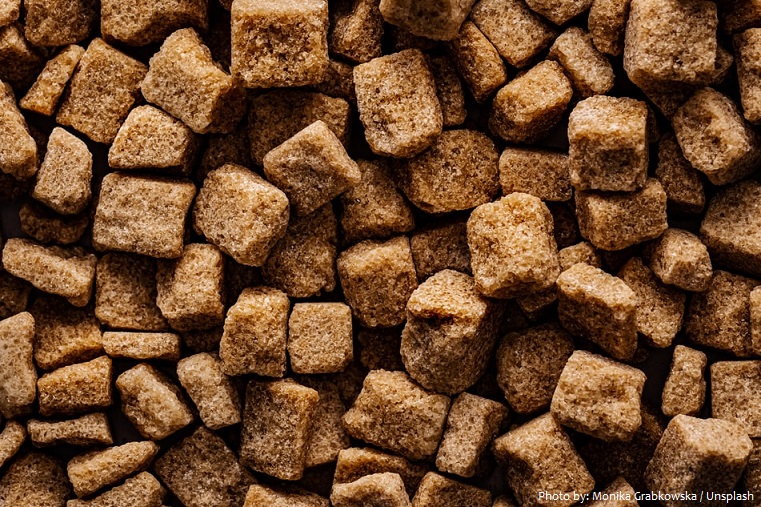
Brown is a composite color.
It is one of the most widely used colors in art.
In painting, brown is generally made by adding black to orange.
Brown is inherently a warm color, because its base is orange.
In the CMYK color model used in printing or painting, brown is made by combining red, black, and yellow, or red, yellow, and blue.
In the RGB color model used to project colors onto television screens and computer monitors, brown is made by combining red and green, in specific proportions.

In physics, brown is low-intensity light with a wavelength of about 600 nanometres in the visible spectrum.
Brown is the color of earth, wood, stone, wholesomeness, reliability, elegance, security, healing, home, grounding, foundations, stability, warmth, and honesty. It is a natural, neutral color that is typically associated with the seasons of fall and winter.
In feng shui, a system of harmonizing your environment, each color correlates to a specific feng shui element. Brown represents either wood if it’s dark and rich or earth if it’s light.
Pigments for brown have come from raw umber, raw sienna, ochres, cuttlefish ink (sepia), and artificial chemical compounds.

Brown pigments are among the oldest and were often used in prehistoric art.
Paintings using umber, a natural clay pigment composed of iron oxide and manganese oxide, have been dated to 40,000 BC.
Paintings of brown horses and other animals have been found on the walls of the Lascaux cave dating back about 17,300 years.
The female figures in ancient Egyptian tomb paintings have brown skin, painted with umber. Light tan was often used on painted Greek amphorae and vases, either as a background for black figures, or the reverse.

The Ancient Greeks and Romans produced a fine reddish-brown ink, of a color called sepia, made from the ink of a variety of cuttlefish. This ink was used by Leonardo da Vinci, Raphael and other artists during the Renaissance, and by artists up until the present time.
In Ancient Rome, brown clothing was associated with the lower classes or barbarians. The term for the plebeians, or urban poor, was “pullati”, which meant literally “those dressed in brown”.
In the Middle Ages brown robes were worn by monks of the Franciscan order, as a sign of their humility and poverty. Each social class was expected to wear a color suitable to their station – and grey and
brown were the colors of the poor. Russet was a coarse homespun cloth made of wool and dyed with woad and madder to give it a subdued grey or brown shade. By the statute of 1363, poor English people were required to wear russet.

In the Middle Ages dark brown pigments were rarely used in art; painters and book illuminators artists of that period preferred bright, distinct colors such as red, blue and green, rather than dark colors.
Artists began using far greater use of browns when oil painting arrived in the late 15th century. During the Renaissance, artists generally used four different browns – raw umber, the dark brown clay mined from the earth around Umbria, in Italy – raw sienna, a reddish-brown earth mined near Siena, in Tuscany – burnt umber, the Umbrian clay heated until it turned a darker shade, and burnt sienna, heated until it turned a dark reddish brown.
Brown was generally hated by the French impressionists, who preferred bright, pure colors.
In the late 20th century, brown became a common symbol in western culture for simple, inexpensive, natural and healthy. Bag lunches were carried in plain brown paper bags – packages were wrapped in
plain brown paper. Brown bread and brown sugar were viewed as more natural and healthy than white bread and white sugar.

A chocolate brownie or simply a brownie is a square or rectangular chocolate baked confection. Brownies come in a variety of forms and may be either fudgy or cakey, depending on their density. The brownie was developed in the United States at the end of the 19th century and popularized in the US and Canada during the first half of the 20th century.
In humans, brown eyes result from a relatively high concentration of melanin in the stroma of the iris, which causes light of both shorter and longer wavelengths to be absorbed and in many parts of the world, it is nearly the only iris color present. Dark pigment of brown eyes is most common in East Asia, Southeast Asia, South Asia, West Asia, Oceania, Africa, Americas, etc. as well as parts of Eastern Europe and Southern Europe. The majority of people in the world overall have dark brown eyes.
Brown is the second most common color of human hair, after black. It is caused by higher levels of the natural dark pigment eumelanin, and lower levels of the pale pigment pheomelanin.

A large number of mammals and predatory birds have a brown coloration. This sometimes changes seasonally, and sometimes remains the same year-round. This color is likely related to camouflage, since the backdrop of some environments, such as the forest floor, is often brown, and especially in the spring and summertime when animals like the snowshoe hare get brown fur.
The term “brown” is from Old English brún, in origin for any dusky or dark shade of color. The first recorded use of brown as a color name in English was in 1000. The Common Germanic adjective *brûnoz, *brûnâ meant both dark colors and a glistening or shining quality, whence burnish. The current meaning developed in Middle English from the 14th century.
Words for the color brown around the world often come from foods or beverages – in the eastern Mediterranean, the word for brown often comes from the color of coffee: in Turkish, the word for brown is kahve rengi – in Greek, kafé. In Southeast Asia, the color name often comes from chocolate: coklat in Malay – tsokolate in Filipino. In Japan, the word chairo means the color of tea.
One recent study on how adults perceive color according to the topic showed that more females than males chose brown as their overall favorite color, but it was still one of the three least favorite colors for both genders.